Make Your Own Jigsaw Puzzles: Craft Ideas for Kids
Have you ever thought about how much fun it would be to create your own jigsaw puzzles at home? Not only is it a fantastic way to spend quality time with your kids, but it also enhances their cognitive skills while sparking their creativity. Imagine the look on their faces when they assemble a puzzle that they helped create! In this article, we’ll explore various creative ways to make jigsaw puzzles using simple materials you can find around your home. So, roll up your sleeves, gather the kids, and let’s dive into the exciting world of DIY jigsaw puzzles!
Before we get our hands dirty, let’s talk about what you’ll need to kickstart this fun crafting adventure. Gathering the right materials is essential for creating your own jigsaw puzzles. Here’s a simple list of items that you might want to have on hand:
- Cardboard or thick paper: This will be the base for your puzzles.
- Markers or paints: To decorate and personalize your puzzles.
- Scissors: For cutting out the puzzle pieces.
- Pencil: To sketch your designs before cutting.
- Glue (optional): If you want to attach pictures or decorations.
With these materials ready, you’re all set to embark on a creative journey that will not only entertain your kids but also teach them valuable skills like problem-solving and hand-eye coordination. Plus, it’s a fantastic bonding experience!
Creating simple puzzle designs is a great way to introduce kids to the art of puzzle-making. You don’t need to be a master artist to create something enjoyable. The key is to keep it fun and engaging. Here are a couple of ideas that are perfect for young crafters:
Animal-shaped puzzles are not only fun to assemble but also educational! They provide a wonderful opportunity for kids to learn about different animals while enjoying the crafting process. Let’s break down a couple of popular animal designs that will surely capture their interest.
Farm animal puzzles can enhance learning about different species while allowing kids to engage with their favorite animals. Here’s how you can create a farm animal puzzle step by step:
- Start by drawing simple shapes of farm animals like cows, pigs, and chickens on your cardboard.
- Use scissors to carefully cut out these shapes.
- Encourage your kids to paint or color them in vibrant hues.
- Once dry, cut each animal shape into several pieces to create the puzzle.
Now, your kids can have fun putting together their favorite farm animals while learning about life on a farm!
Wild animal puzzles introduce kids to the wonders of nature. Imagine creating a puzzle featuring a roaring lion or a graceful giraffe! Here’s how you can craft exciting wild animal shapes for jigsaw fun:
- Draw wild animal outlines on sturdy cardboard, such as lions, elephants, and tigers.
- Cut out the shapes and let the kids paint them with bright colors.
- Once painted, cut the shapes into puzzle pieces.
This way, children not only enjoy piecing together their favorite wild animals but also learn about biodiversity and conservation in a fun way!
If you’re looking for a unique twist to traditional puzzles, geometric patterns offer a fantastic option. These puzzles can be colorful and engaging, making them perfect for older kids who might want a bit more of a challenge. Here’s how to create them:
Start by drawing various geometric shapes like triangles, squares, and circles on your cardboard. You can even create a colorful mosaic effect by painting each shape in different colors. Once your shapes are ready, cut them out and mix them up for an exciting puzzle experience!
Now that you’ve crafted your puzzles, it’s time to add a personal touch! Decoration can transform your creations from simple to stunning. Here are some ideas to embellish your puzzles:
Painting techniques can turn plain puzzles into vibrant artworks. You can use sponges, brushes, or even your fingers to create different textures and effects. Encourage your kids to experiment with colors and patterns. The more creative, the better!
Stickers and decals are easy ways to personalize puzzles. They can add fun elements like stars, animals, or even their favorite characters. Just let your kids go wild with their imaginations—there are no rules here!
Q: What age group is suitable for making jigsaw puzzles at home?
A: Generally, children aged 4 and up can enjoy making simple jigsaw puzzles with adult supervision. Younger kids may need assistance with cutting and crafting.
Q: Can we use recycled materials for puzzles?
A: Absolutely! Recycled cardboard from old boxes or packaging is perfect for creating puzzles. It’s eco-friendly and adds a creative twist to your crafting!
Q: How can we make the puzzles more challenging?
A: To increase the challenge, consider making more intricate designs with smaller pieces or using more complex geometric shapes. You can also add a time limit for extra fun!
By following these steps and tips, you’ll create memorable jigsaw puzzles that not only entertain but also educate. So gather those materials, unleash your creativity, and let the puzzle-making fun begin!
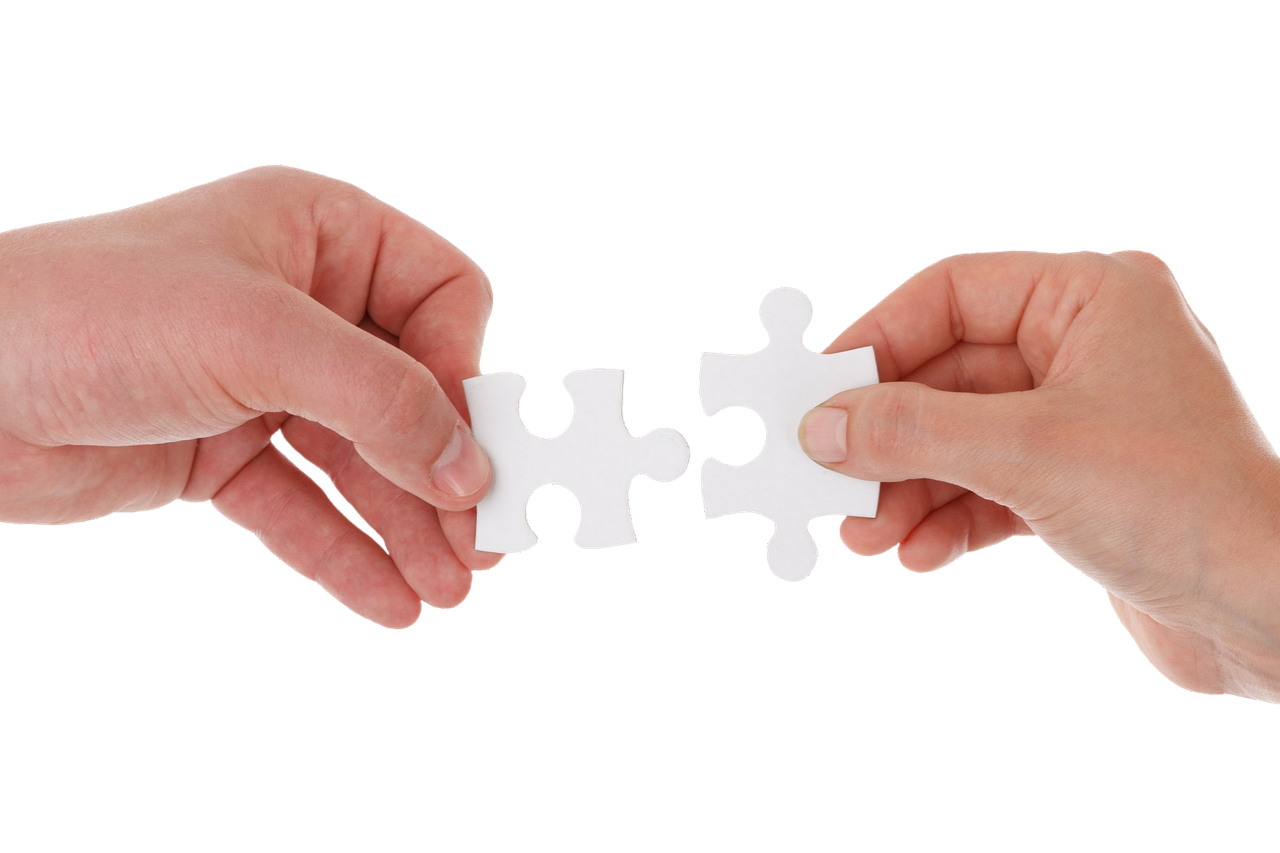
Materials Needed
Creating your own jigsaw puzzles can be an exciting adventure, but before diving into this crafty endeavor, it's crucial to gather all the . Think of it as preparing for a treasure hunt; you wouldn’t want to set off without your map! Here’s a simple breakdown of what you’ll need:
First and foremost, you’ll need a sturdy base for your puzzle pieces. Cardboard is an excellent choice, as it’s both durable and easy to cut. You can repurpose old cardboard boxes, which not only saves money but also helps the environment. Alternatively, you can purchase blank puzzle boards from craft stores if you prefer something more professional.
Next up is the design medium. This could be anything from colored pencils and markers to paints. If you’re feeling adventurous, why not use watercolors for a soft, blended effect? Just make sure that whatever you choose is safe for kids and easy to clean up. Remember, the more colorful and vibrant your design, the more fun it will be to assemble!
Additionally, you’ll need some cutting tools. A pair of scissors will suffice for simple shapes, but if you’re looking to create intricate designs, a craft knife or a jigsaw might be necessary. Always supervise kids during cutting to ensure safety. Speaking of safety, having a cutting mat will protect your surfaces and keep everything neat.
Don’t forget about adhesives! If you’re layering materials or sticking on decorations, a good glue stick or craft glue will do the trick. You might also want to have some clear sealant on hand to protect your finished puzzle from wear and tear.
Lastly, consider adding some decorative items to personalize your puzzles. Stickers, glitter, or even printed images can be great additions. Just think about what your kids love, whether it’s dinosaurs, princesses, or superheroes, and incorporate those themes into your designs. Here’s a quick summary of the materials:
| Material | Purpose |
|---|---|
| Cardboard | Base for puzzle pieces |
| Colored pencils/markers/paints | Designing and decorating |
| Cutting tools | Shaping puzzle pieces |
| Adhesives | Sticking decorations |
| Decorative items | Personalizing the puzzle |
With these materials at your disposal, you’re all set to embark on a fun-filled crafting journey that will not only spark creativity but also create lasting memories. So, gather your supplies, roll up those sleeves, and let’s get puzzling!
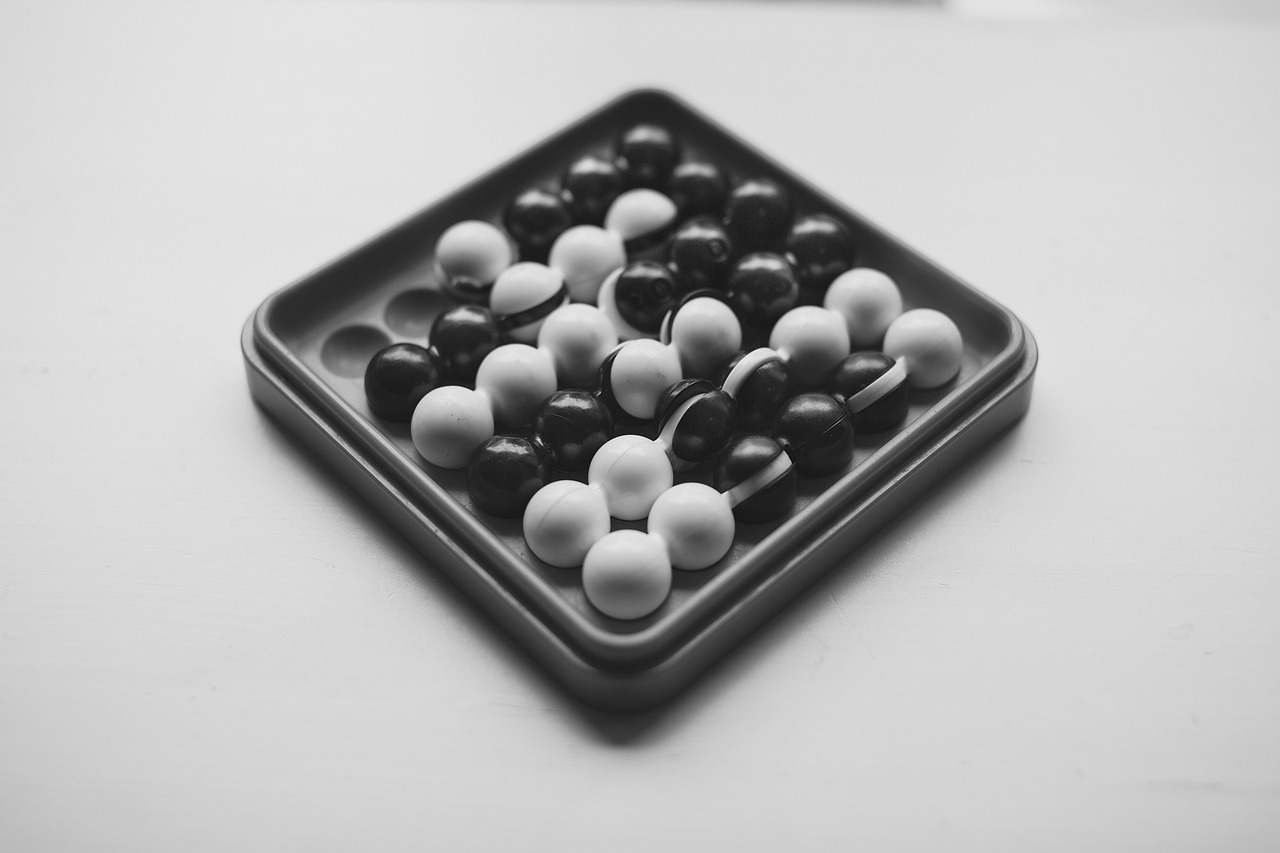
Simple Puzzle Designs
Creating simple puzzle designs is a fantastic way to spark creativity and introduce kids to the wonderful world of puzzle-making. Not only do these projects provide hours of entertainment, but they also enhance cognitive skills and promote fine motor development. Imagine the joy on a child's face as they piece together their very own creation! This section will guide you through a few easy-to-follow designs that are perfect for young crafters looking to dive into the art of puzzle-making.
One of the best parts about making your own jigsaw puzzles is that you can tailor the designs to fit your child's interests. Whether they love animals, vehicles, or abstract art, the possibilities are endless! Here are a couple of simple designs that you can create together:
- Animal Shapes: Kids adore animals, and puzzles shaped like their favorite creatures can be both fun and educational. From farm animals to wild beasts, these designs can help children learn about different species while they play.
- Geometric Patterns: If you want to add a twist to traditional puzzles, consider geometric shapes. These designs can be colorful and visually stimulating, making them a hit with kids who love vibrant colors and patterns.
When making these puzzles, you'll want to keep the complexity appropriate for the age group you are working with. For younger children, start with larger shapes that have fewer pieces. As their skills develop, you can gradually introduce more intricate designs with smaller pieces. This gradual progression keeps them engaged and challenged without overwhelming them.
Here's a quick overview of how to create these simple puzzle designs:
| Design Type | Recommended Age | Pieces |
|---|---|---|
| Animal Shapes | 3-5 years | 4-6 pieces |
| Geometric Patterns | 5-8 years | 6-12 pieces |
As you embark on this puzzle-making adventure, remember that the goal is to have fun and foster creativity. Encourage your child to decorate their puzzles with their favorite colors or stickers, making each piece truly unique. This not only enhances their crafting experience but also instills a sense of pride in their accomplishments. So, grab your materials and let the puzzle-making journey begin!

Animal Shapes
Animal-shaped puzzles are not just a fun activity; they also serve as a fantastic educational tool for children. Imagine your little one piecing together a colorful puzzle of a lion or a turtle while learning about their habitats and characteristics. These puzzles ignite curiosity and foster a love for nature, making them an excellent choice for family bonding and interactive learning. Plus, what could be more rewarding than seeing the joy on your child's face as they successfully complete their very own creation?
Creating animal-shaped puzzles can be as simple or as intricate as you want it to be. You can start with basic shapes and gradually introduce more complex designs as your child becomes more adept at assembling them. The beauty of making these puzzles is that you can tailor them to your child's interests. If they love farm animals, you can focus on creating cows, pigs, and chickens. If they're fascinated by the jungle, why not try crafting elephants, monkeys, and parrots? The possibilities are endless!
Here’s a quick overview of different animal shapes you can create:
- Farm Animals: Puzzles featuring animals like cows, pigs, and sheep are not only fun to assemble but also teach children about farm life.
- Wild Animals: Crafting puzzles of lions, tigers, and bears can spark discussions about wildlife conservation and natural habitats.
- Marine Animals: Consider making puzzles of dolphins, sharks, and turtles to introduce kids to ocean life.
To get started, you’ll need some basic materials: a sturdy piece of cardboard or wood, a pencil, scissors, and some paint or markers for decoration. Begin by sketching your chosen animal shape onto the cardboard. Once you’re satisfied with the design, carefully cut it out. Remember to create interlocking pieces that will fit together seamlessly. The more pieces you have, the more challenging the puzzle will be, which can be a great way to enhance cognitive skills.
After cutting out the shapes, it’s time for the fun part—decorating! You can paint your animal shapes in vibrant colors or use stickers to add personality. This is a wonderful opportunity for kids to express their creativity. They can even learn about color mixing if you provide them with different paint colors. Once the decoration is complete, let the pieces dry, and voilà! You have your very own animal-shaped jigsaw puzzle ready for assembly.
Not only does this craft project promote fine motor skills and hand-eye coordination, but it also encourages problem-solving as children figure out how the pieces fit together. Plus, it’s a delightful way to spend time together as a family, creating memories that will last a lifetime. So, gather your materials and let your imagination run wild as you embark on this exciting puzzle-making adventure!
- What materials do I need to make animal-shaped puzzles? You will need cardboard or wood, scissors, a pencil, and paint or markers for decoration.
- How can I make the puzzles more challenging? Increase the number of pieces and complexity of the shapes to create a more challenging puzzle.
- Can I use images for inspiration? Absolutely! You can look up pictures of animals online for reference to help with your designs.
- Are these puzzles safe for young children? Yes, just ensure that the materials used are non-toxic and that there are no small parts that could be a choking hazard.

Farm Animals
Creating farm animal puzzles is not only a delightful craft activity but also a wonderful opportunity for kids to learn about various species that inhabit farms. Imagine the joy on their faces as they piece together a colorful cow or a cheerful chicken! To get started, you’ll need some basic materials like cardboard, scissors, and a pencil. You can even use recycled materials, which adds an eco-friendly twist to your project.
Begin by selecting a few favorite farm animals. Here are some popular choices that kids typically enjoy:
- Cow
- Sheep
- Chicken
- Pig
- Horse
Once you've chosen your animals, sketch their shapes onto the cardboard. Don't worry about making them perfect; the charm lies in their handmade quality! After cutting out the shapes, you can create interlocking pieces by drawing lines to indicate where each piece will fit together. This not only enhances fine motor skills but also boosts their problem-solving abilities as they figure out how to assemble the puzzle.
As you work on your farm animal puzzles, consider incorporating a fun educational element. For instance, you can add facts about each animal on the back of the pieces. This way, while they’re piecing together a puzzle, they’re also learning interesting tidbits about farm life. For example:
| Animal | Interesting Fact |
|---|---|
| Cow | Cows have best friends and can become stressed when they are separated. |
| Sheep | Sheep have excellent memories and can recognize up to 50 different faces. |
| Chicken | Chickens can remember over 100 different faces of people and animals. |
| Pig | Pigs are highly intelligent and can learn to play video games! |
| Horse | Horses can sleep both standing up and lying down. |
After assembling your puzzles, it’s time for the fun part—decorating! Kids can paint their farm animals in vibrant colors or use stickers to add flair. Encourage them to get creative; maybe a pig in polka dots or a horse with rainbow mane! This not only makes the puzzles visually appealing but also personalizes them, making each piece a unique creation.
Finally, once the puzzles are complete, gather the family for a fun puzzle assembly session! Not only will this strengthen family bonds, but it will also provide a sense of accomplishment as everyone works together to complete the farm animal jigsaw puzzle. So, roll up your sleeves, unleash your creativity, and dive into the world of farm animal puzzles!
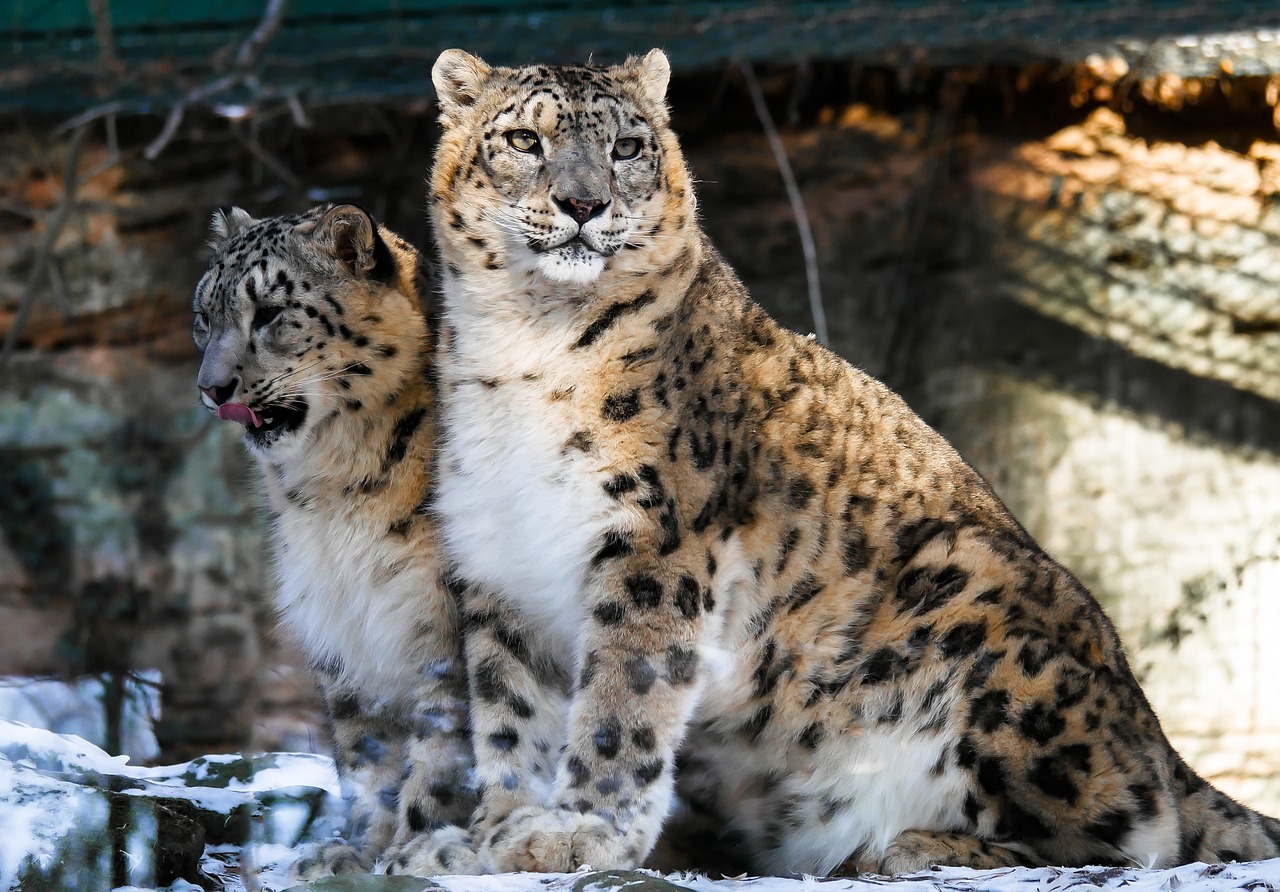
Wild Animals
Creating jigsaw puzzles in the shape of is not just a fun activity; it's also a fantastic way to introduce kids to the diverse and fascinating world of wildlife. Imagine your child piecing together a majestic lion, a playful dolphin, or a soaring eagle! Each puzzle piece can spark curiosity and discussions about these incredible creatures and their habitats. So, how do you get started on this wild adventure?
First, gather your materials. You’ll need sturdy cardboard or thick paper, scissors, and some coloring supplies. If you want to take it a step further, consider using a glue stick to attach printed images of wild animals onto the cardboard. This will give your puzzles an extra layer of detail and make them visually appealing. Once you have everything ready, it’s time to unleash your creativity!
Start by selecting a few wild animals that your kids love. Here are some popular choices:
- Lion
- Tiger
- Elephant
- Giraffe
- Dolphin
Next, sketch the outline of the animal on the cardboard. Don’t worry about making it perfect—after all, the beauty of crafting is in the imperfections! Once you have your outline, carefully cut out the shape. Remember, the more intricate the design, the more challenging and fun it will be for your little ones to assemble.
After cutting out your animal shape, it’s time to add some personality! Use paints, markers, or crayons to bring your wild animal to life. You can even add fun details like spots on a giraffe or stripes on a tiger. If you’re feeling adventurous, consider using glitter or glue to add texture. The goal is to make the puzzle not only engaging to assemble but also visually stunning.
Once your masterpiece is complete, it’s time to cut it into puzzle pieces. You can create classic interlocking pieces or go for a more abstract approach, depending on your child’s age and skill level. For younger kids, larger pieces are easier to handle, while older children may enjoy a more complex challenge.
Finally, don’t forget to have fun with it! After assembling the puzzle, take the opportunity to discuss the animal's characteristics, habitat, and conservation status. This way, you’re not only crafting but also educating your child about the importance of wildlife and their preservation. It’s a wonderful bonding experience that combines creativity with learning, making it an unforgettable family activity.
As a bonus, once you’ve mastered the art of wild animal puzzles, you might even consider hosting a puzzle-making party with friends or family. Everyone can bring their own designs, and you can exchange puzzles for an afternoon of fun and laughter. The possibilities are endless!
Q: What materials do I need to make wild animal puzzles?
A: You’ll need sturdy cardboard or thick paper, scissors, coloring supplies, and optionally, glue to attach images.
Q: Can I use printed images for the puzzles?
A: Absolutely! Using printed images can add detail and make your puzzles more visually appealing.
Q: What age group is this activity suitable for?
A: This activity is great for kids of all ages. Just adjust the complexity of the puzzle pieces according to their skill level.
Q: How can I make the puzzles more educational?
A: Discuss the animals' characteristics, habitats, and conservation status while assembling the puzzles.
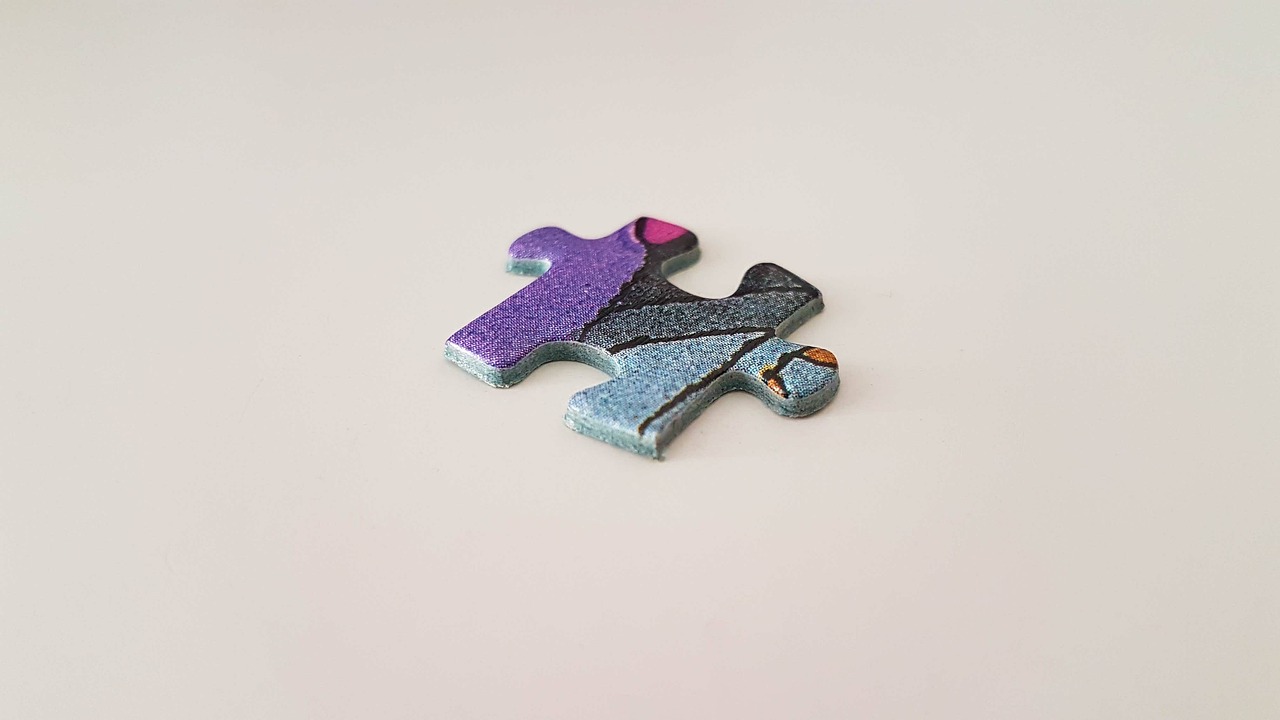
Geometric Patterns
Creating jigsaw puzzles with is not only a fun activity but also an excellent way to enhance children's understanding of shapes, colors, and spatial awareness. Imagine a world where every piece fits together like a well-oiled machine, where kids can learn while they play. Geometric puzzles can be as simple or as complex as you desire, making them suitable for various age groups. It’s like building a bridge between creativity and education!
To get started, you can use basic shapes such as squares, triangles, and circles. These shapes can be arranged in numerous ways to create unique patterns. For instance, you might consider creating a puzzle that features a colorful mosaic design. This not only makes for an eye-catching puzzle but also introduces kids to the concept of symmetry and balance. You can use cardboard or thick paper as your base, and then let your imagination run wild with the shapes you choose.
Here’s a simple guide to help you create your own geometric pattern puzzle:
- Step 1: Gather your materials, including cardboard, scissors, a ruler, and markers or paints.
- Step 2: Draw your geometric shapes on the cardboard. Use a ruler for precision to ensure that each shape is uniform.
- Step 3: Color each shape with bright, engaging colors. You can use markers or paints to make it visually appealing.
- Step 4: Once the shapes are dry, carefully cut them out. Make sure to create interlocking pieces for a challenging yet fun puzzle experience.
As you create these puzzles, consider incorporating different textures or materials. You might find that using textured papers or even fabric can add a tactile element that enhances the puzzle-solving experience. Imagine the joy on a child's face as they piece together a vibrant, textured puzzle, learning about shapes and colors in the process!
Moreover, geometric puzzles can be a fantastic way to engage with friends and family. You can organize a puzzle-making day where everyone contributes their designs, and then you can swap puzzles to see who can complete them the fastest. It’s like a friendly competition that brings everyone together, fostering teamwork and creativity.
In summary, geometric patterns in jigsaw puzzles are a wonderful way to combine fun with learning. They encourage children to think critically about shapes and colors, while also allowing them to express their creativity. So grab your materials, unleash your imagination, and let the geometric puzzle-making adventure begin!
Q: What materials do I need to create geometric pattern puzzles?
A: You will need cardboard, scissors, a ruler, markers or paints, and optionally, textured materials for added fun.
Q: Can I use shapes other than basic geometric ones?
A: Absolutely! Feel free to experiment with more complex shapes or even create abstract designs for a unique twist.
Q: What age group is this activity suitable for?
A: This activity can be adapted for various age groups, but it’s particularly great for children aged 4 and up, with adult supervision for younger kids.
Q: How can I make the puzzle more challenging?
A: You can increase the difficulty by adding more pieces, creating intricate designs, or using smaller shapes that require more precision to fit together.
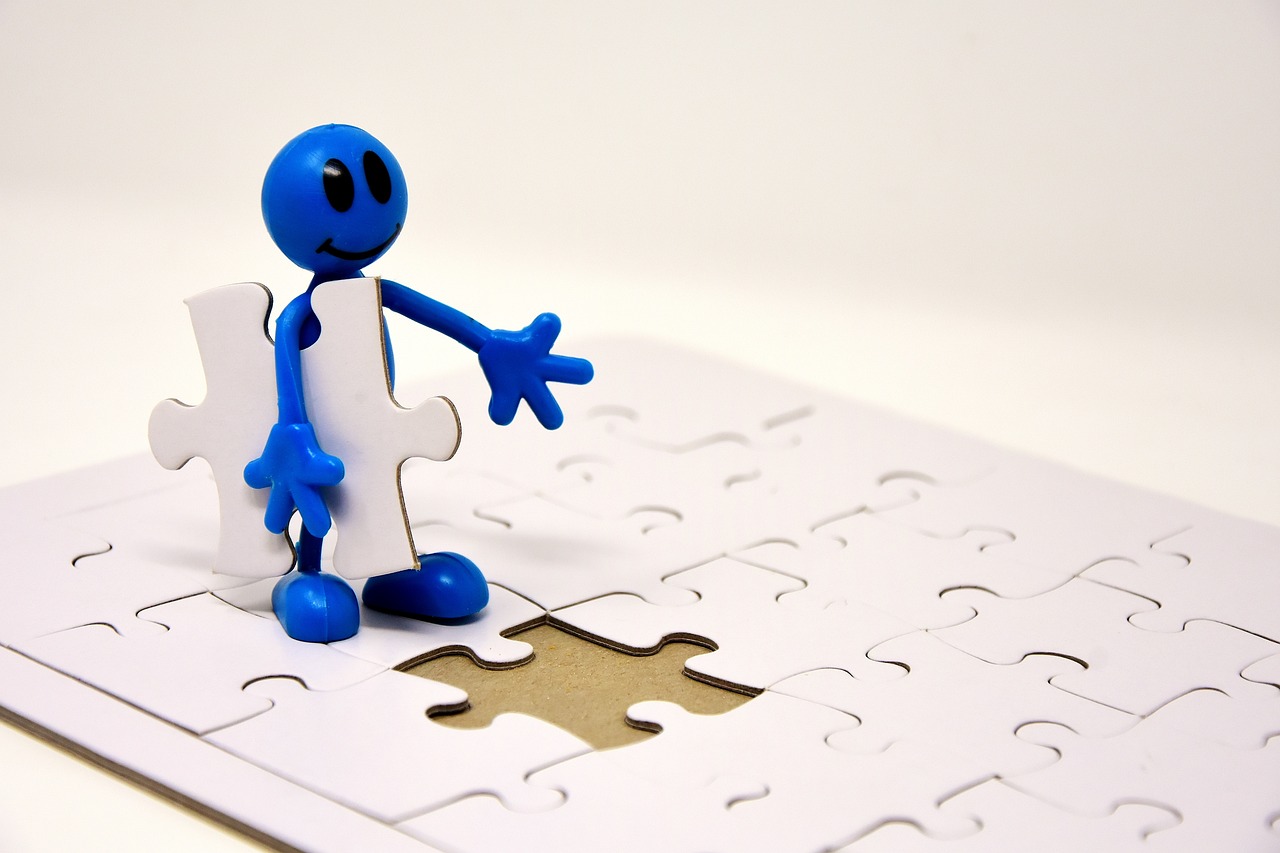
Decorating Your Puzzles
Decorating your jigsaw puzzles is like icing on a cake—it adds that extra flair that makes your creation truly special. Not only does it enhance the visual appeal of the puzzle, but it also allows kids to express their creativity and personalize their work. Imagine the joy on a child's face when they see their unique artwork come to life! In this section, we will explore various ways to embellish your puzzles, making them not just a fun activity but also a beautiful piece of art.
One of the most enjoyable ways to decorate your puzzles is through painting techniques. Painting can transform a simple puzzle into a vibrant masterpiece. You can use a variety of paint types, such as acrylics or watercolors, to create stunning effects. For example, you might choose to paint a colorful landscape on a puzzle that represents a favorite vacation spot, or perhaps a whimsical underwater scene filled with colorful fish. The possibilities are endless! Here’s a quick overview of some popular painting techniques:
| Technique | Description |
|---|---|
| Sponging | Use a sponge to dab paint onto the puzzle for a textured look. |
| Stippling | Apply small dots of paint to create patterns or images. |
| Blending | Mix colors while wet for a smooth gradient effect. |
After painting, another fun option is to use stickers and decals to further personalize your puzzles. Kids love stickers, and they can be a quick and easy way to add a touch of flair. You can find stickers in various themes—animals, space, nature, and more! Encourage your kids to choose stickers that resonate with their interests. Not only does this make the puzzle more engaging, but it also encourages them to think about the story behind each sticker they choose. Here are some creative ways to use stickers:
- Theme-Based Decoration: Choose stickers that match a specific theme, like a jungle or ocean.
- Interactive Elements: Use stickers that can be moved around, allowing for a dynamic puzzle experience.
- Personal Touch: Encourage kids to add their names or initials with letter stickers.
When decorating, it’s important to remember that the process is just as enjoyable as the final product. Encourage your kids to experiment with different colors and placements, and don’t be afraid to make mistakes! After all, art is all about exploration and expression. Plus, the more they engage with the decorating process, the more they’ll cherish their finished puzzles.
In summary, decorating your jigsaw puzzles can be a delightful adventure that sparks creativity and fosters family bonding. Whether through painting or adding stickers, the goal is to create something unique that reflects the personality of the child. So gather your materials, unleash your imagination, and let the decorating fun begin!
Q: What materials do I need for decorating puzzles?
A: You'll need paints, brushes, stickers, and possibly other embellishments like glitter or markers. Make sure to use non-toxic materials, especially for kids!
Q: Can I use regular paper stickers on my puzzles?
A: Yes, but it’s best to choose stickers that are durable and can withstand handling. Consider using vinyl stickers for a longer-lasting effect.
Q: How can I seal my decorated puzzles?
A: To protect your artwork, you can use a clear acrylic sealer spray. Just make sure to follow the instructions and allow it to dry completely.
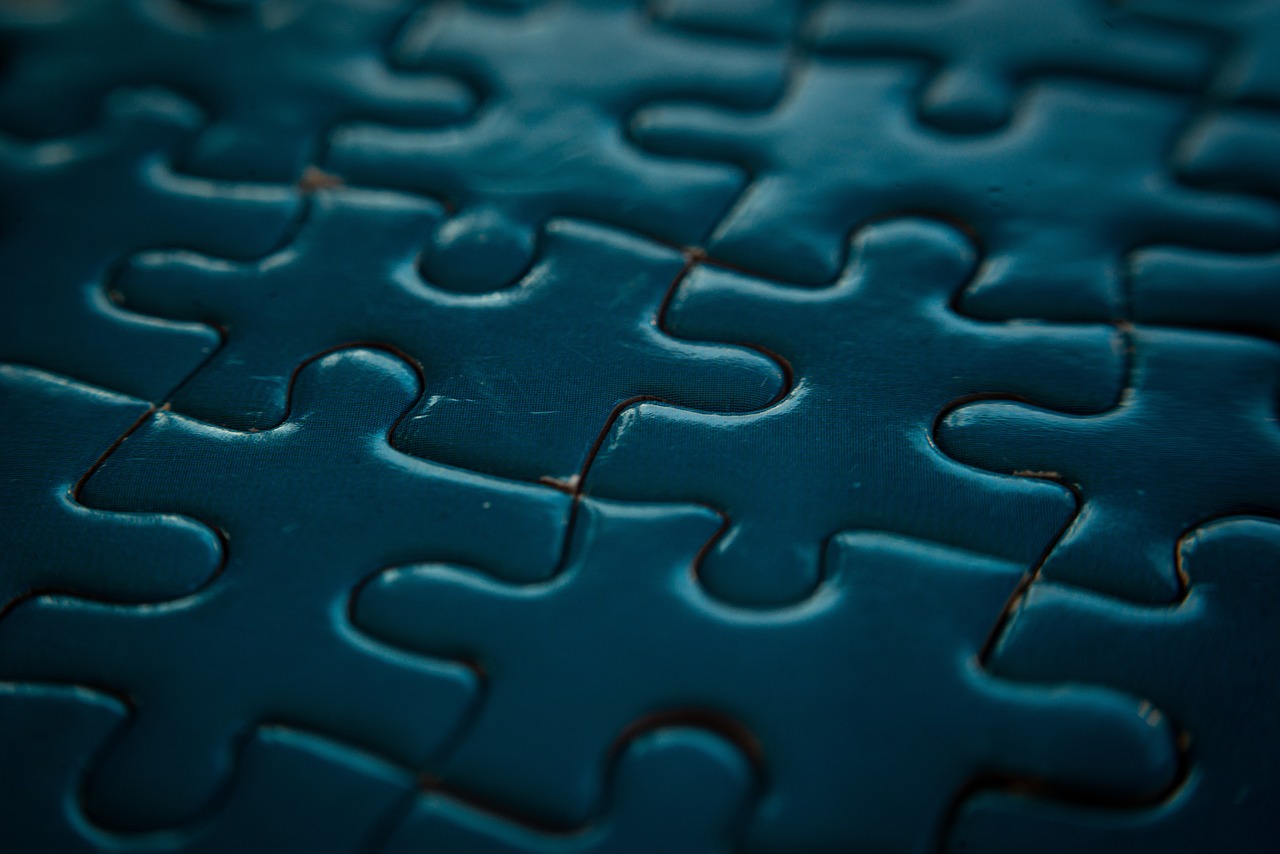
Painting Techniques
When it comes to making your own jigsaw puzzles, painting techniques can truly elevate your creations from simple cardboard cutouts to vibrant works of art. Imagine the joy on your child’s face as they piece together a puzzle that not only challenges them but also dazzles their eyes with color! Whether you're using acrylics, watercolors, or even markers, there are countless ways to bring your jigsaw puzzles to life.
First off, let’s talk about acrylic paints. These are fantastic for their vibrant colors and quick drying time. You can create a stunning background by applying a base coat of a solid color and then layering on additional colors for depth. For instance, if you're crafting a farm animal puzzle, you might start with a bright blue sky, add green fields, and then paint the animals in playful hues. The best part? Acrylics are water-resistant once dry, making your puzzle more durable!
Next, we have watercolors. While they may require a bit more finesse, the soft, blended effects you can achieve are simply beautiful. Watercolors are perfect for creating subtle gradients and washes. For a wild animal puzzle, consider painting a sunset background that transitions from orange to purple, evoking the beauty of nature. Just remember, since watercolors are more delicate, you may want to seal your finished puzzle with a clear varnish to protect it.
Another fun option is using markers. They're not just for doodling! With a variety of colors and tips, markers can be used to add intricate designs and details to your puzzles. Imagine drawing patterns on a geometric puzzle or adding facial features to your animal shapes. The precision of markers allows for creativity without the mess of paint. Just be sure to choose permanent markers so your designs won’t smudge.
To make the painting process even more enjoyable, consider involving your kids in the creative journey. Set up a painting station with all your supplies laid out, and let them explore their artistic side. You can even turn it into a fun game by challenging them to create a specific theme or color palette for their puzzle. This not only enhances their artistic skills but also strengthens family bonds through shared creativity.
Once your puzzles are painted and dried, think about adding some finishing touches. Glitter, sequins, or even a sprinkle of sand can add texture and a fun twist to your designs. Just be sure to apply these embellishments with a strong adhesive to ensure they stay put. And don’t forget to seal your painted puzzles with a clear coat to protect your artwork from wear and tear during playtime!
In summary, painting your jigsaw puzzles is a delightful way to add a personal touch, making them not just toys, but cherished keepsakes. With a bit of creativity and the right techniques, you can transform simple cardboard into a vibrant masterpiece that your kids will love to assemble time and time again!
- What type of paint is best for jigsaw puzzles? Acrylic paint is highly recommended due to its vibrant colors and durability.
- Can I use regular paper for puzzles? It's better to use thicker cardboard or puzzle board for durability, as regular paper may tear easily.
- How do I seal my painted puzzle? You can use a clear varnish spray or a brush-on sealant to protect your artwork.
- Are there any age restrictions for painting puzzles? Generally, children aged 5 and up can safely participate in puzzle painting, but always supervise younger kids with paint.
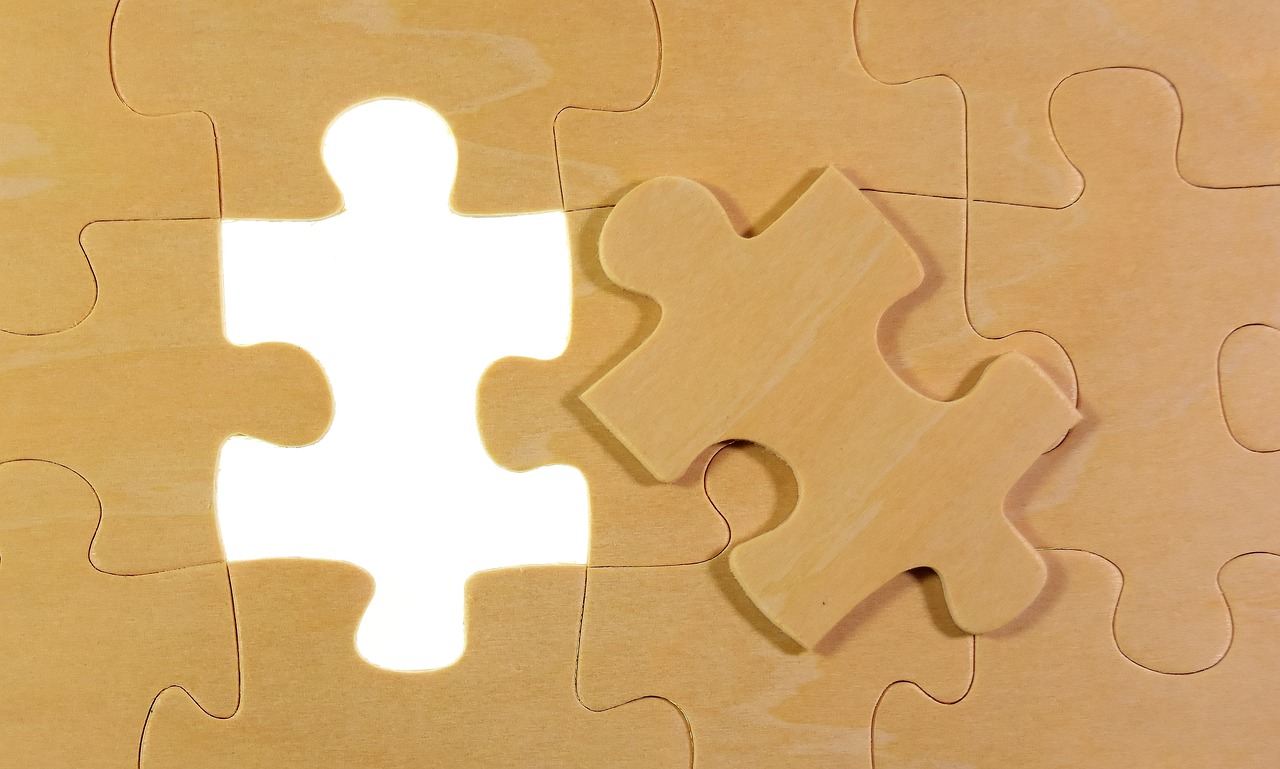
Using Stickers and Decals
When it comes to personalizing your homemade jigsaw puzzles, stickers and decals are your best friends! They not only add a splash of color and personality but also make the puzzle-making process incredibly fun for kids. Imagine transforming a simple cardboard puzzle into a vibrant masterpiece that reflects your child's interests and creativity. The beauty of using stickers and decals lies in their versatility; you can choose from a variety of themes, such as animals, space, or even favorite cartoon characters, making each puzzle unique and special.
Before diving into the decorating process, gather a selection of stickers and decals that resonate with your child's preferences. You could even involve them in the selection process—this way, they’ll feel more connected to their creation. When applying stickers, encourage kids to think about the layout. Should they cluster stickers in one corner, or spread them out evenly across the puzzle? This not only enhances their artistic skills but also teaches them about design principles in a playful manner.
Additionally, consider using transparent decals for a more polished look. These can create a seamless integration with the puzzle's surface, making it appear as if the images are part of the puzzle itself. For example, if you’ve made a farm animal puzzle, adding transparent decals of grass or a barn can create a delightful scene that enhances the overall experience.
To ensure that the stickers and decals adhere properly, it’s important to prepare the puzzle surface. Make sure it’s clean and dry before starting the decoration process. This will help the stickers stick better and last longer, allowing for repeated use of the puzzle without losing its charm. Once decorated, you can even seal the stickers with a clear coat spray to protect them, giving your puzzle a professional finish.
Incorporating stickers and decals into your jigsaw puzzle project is not just about decoration; it’s also about storytelling. Each sticker can represent a part of a story, encouraging kids to create narratives around their puzzles. For instance, a puzzle featuring jungle animals can prompt discussions about wildlife, conservation, and the beauty of nature. What better way to learn than through play?
In summary, using stickers and decals is a fantastic way to add a personal touch to your jigsaw puzzles. They’re easy to apply, come in countless designs, and can turn an ordinary puzzle into a cherished keepsake. So, gather your stickers, unleash your creativity, and let the decorating begin!
Q: What type of stickers work best for jigsaw puzzles?
A: Look for stickers made from durable materials that can withstand handling. Vinyl stickers are often a great choice as they are more resilient.
Q: Can I use regular paper stickers?
A: Yes, you can use paper stickers, but they may not last as long. Consider sealing them with a clear coat spray for extra protection.
Q: How can I remove stickers if I want to change the design?
A: Gently peel them off, and if any residue remains, you can use a bit of rubbing alcohol on a cloth to clean it up.
Q: Is there a way to make the stickers more vibrant?
A: Absolutely! You can color the base puzzle or use a white base layer before applying stickers to make the colors pop.
Frequently Asked Questions
- What materials do I need to make my own jigsaw puzzles?
To create your own jigsaw puzzles, you'll need some basic materials. Gather cardboard or thick paper, scissors, a pencil, and optionally, paints or stickers for decoration. If you want to get creative, you can also use old magazines or photos to make unique puzzles!
- Are homemade puzzles suitable for all ages?
Absolutely! Homemade puzzles can be tailored to suit various age groups. For younger kids, simple shapes like animals or basic geometric patterns work best. As kids grow older, you can increase the complexity of the designs to keep them challenged and engaged.
- How can I decorate my jigsaw puzzles?
There are endless ways to decorate your puzzles! You can paint them in vibrant colors, use stickers to add fun elements, or even draw directly on the cardboard. Just let your imagination run wild! Personalizing your puzzle not only makes it more fun to assemble but also adds a unique touch.
- Can I use any type of cardboard for puzzle making?
While you can use various types of cardboard, it's best to choose something sturdy enough to withstand repeated handling. Old cereal boxes or shipping boxes are great options. Just make sure the cardboard is thick enough to hold its shape when cut!
- What are some tips for cutting the puzzle pieces?
When cutting your puzzle pieces, use sharp scissors for clean edges. Start by drawing your design lightly with a pencil, then carefully cut along the lines. For more intricate shapes, a craft knife can be helpful, but always supervise younger kids when using sharp tools!
- How do I store my homemade puzzles?
Storing your homemade puzzles can be as fun as making them! You can place them in a box or a bag to keep them together. Consider labeling the storage with a picture of the completed puzzle, so everyone knows what to expect when they dive into the fun!



















